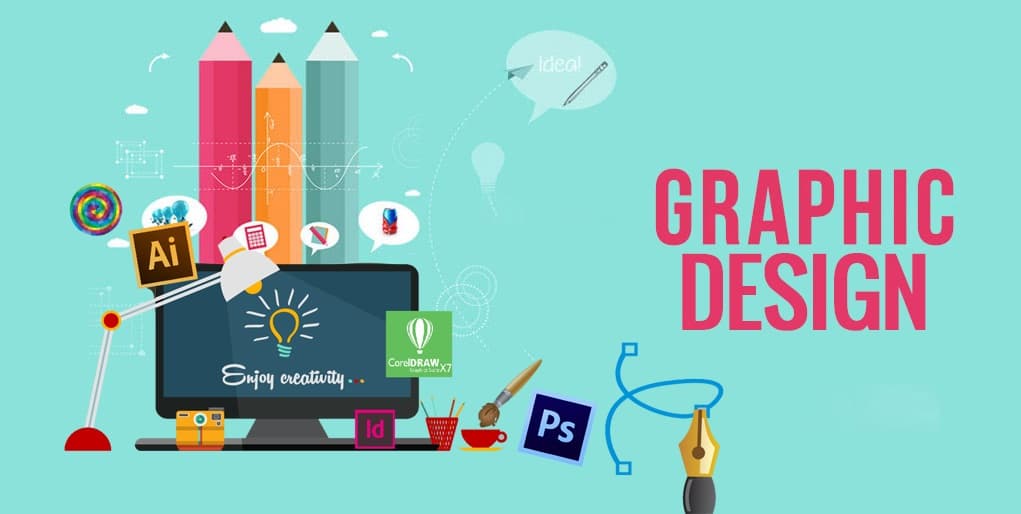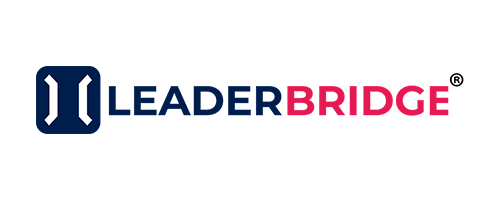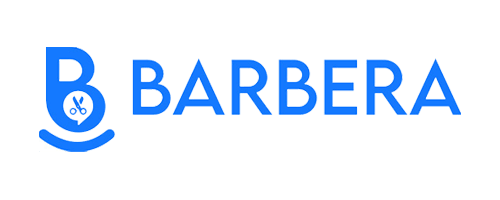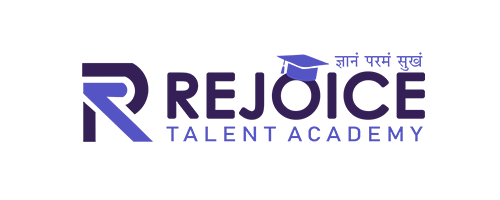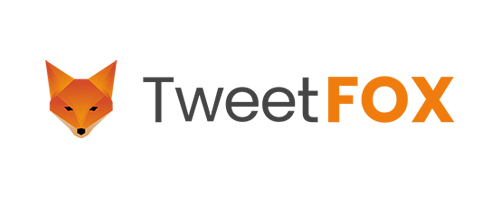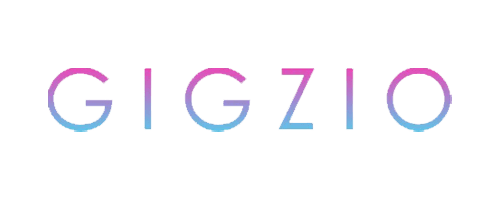Adobe Photoshop is a software application for image editing and photo retouching for use on Windows or MacOS computers. Photoshop offers users the ability to create, enhance, or otherwise edit images, artwork, and illustrations. Changing backgrounds, simulating a real-life painting, or creating an alternative view of the universe are all possible with Adobe Photoshop. It is the most widely used software tool for photo editing, image manipulation, and retouching for numerous image and video file formats. The tools within Photoshop make it possible to edit both individual images as well as large batches of photos. There are several versions of Photoshop, including Photoshop CC, Photoshop Elements, Photoshop Lightroom and Photoshop Express, a version of Photoshop for iOS with reduced features. Adobe Photoshop is available on its own as a subscription that includes Photoshop Lightroom, and as part of the larger Creative Cloud subscription.


